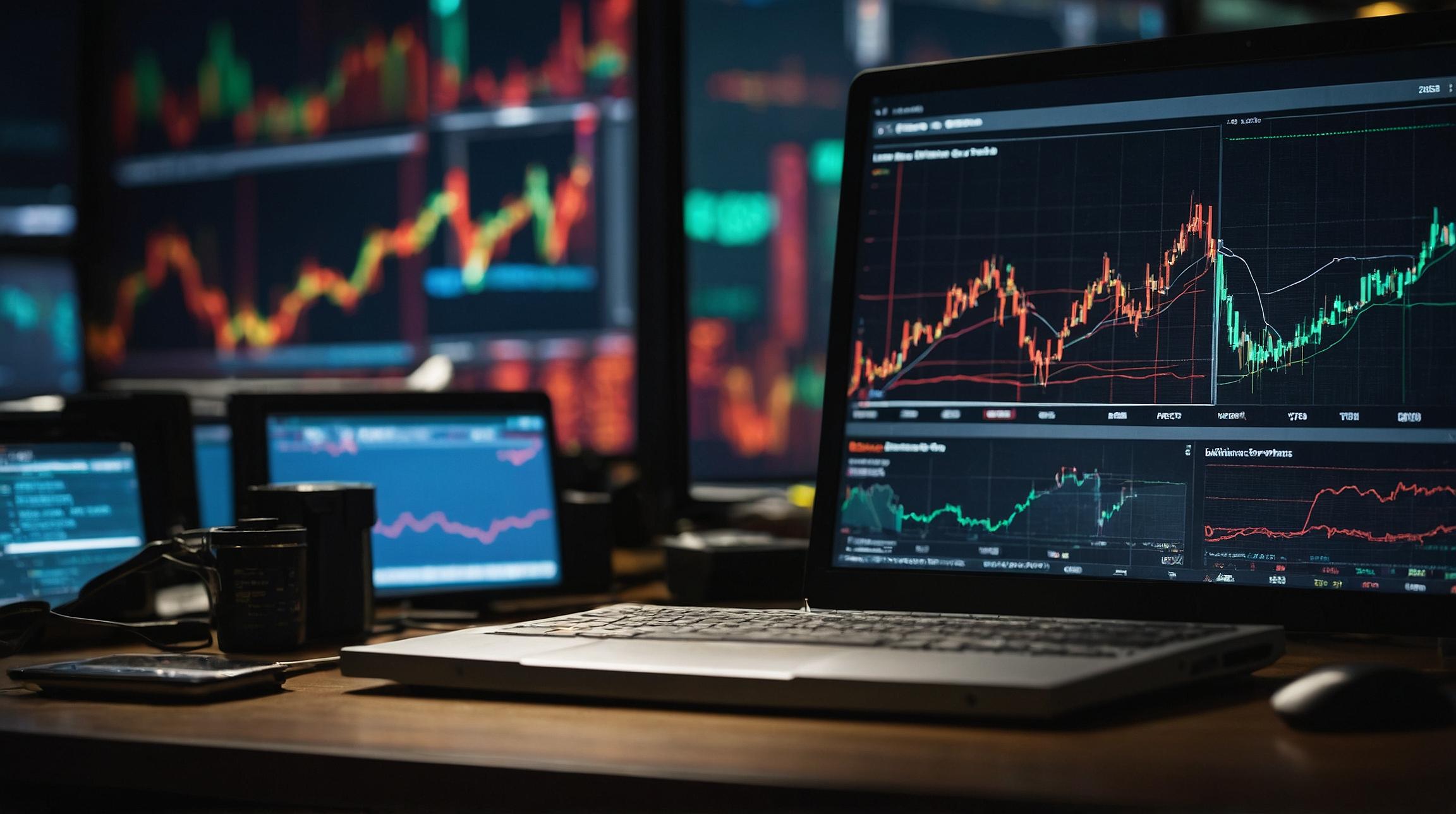Understanding Bitcoin Funding Rates
To comprehend the Bitcoin funding rate volatility, it's essential first to understand what funding rates are. Funding rates are periodic payments made between traders who are long (buying) or short (selling) on futures contracts. These rates help ensure that the price of futures contracts remains close to the spot price. Essentially, if the funding rate is positive, traders who are long pay those who are short, and vice versa.
Recent Volatility in Funding Rates
Over the past weekend, Bitcoin's funding rates on various exchanges such as Bitmex, Binance, and Bybit illustrated changing trader sentiments. Initially, on August 31, funding rates indicated a bullish sentiment with Bitmex showcasing the highest rate. However, a rapid change occurred by September 1, where exchanges like Binance and Bybit reflected a growing bearish outlook.
Disparity Between USDT and BTC-Margined Contracts
A notable observation during this period is the disparity between USDT-margined and BTC-margined contracts. USDT-margined contracts are settled in stablecoins like Tether (USDT), while BTC-margined contracts are settled in Bitcoin itself. This disparity points towards diverse trader strategies and varying risk appetites. For example, during periods of high volatility, some traders prefer USDT-margined contracts to mitigate the risk associated with Bitcoin's price fluctuations.
What This Means for Traders
The shift in funding rates, especially for token-margined contracts on platforms like Bybit, suggests a significant market shift. As Bitcoin's price dropped modestly, the funding rate changes became a critical indicator of trader sentiment. A drop in funding rates often points to an increased bearish sentiment among traders, indicating they expect prices to fall further.
Practical Example
To put this into perspective, imagine if the price of apples was determined daily between sellers (farmers) and buyers (supermarkets). If supermarkets are willing to pay more today because they expect prices to rise, the funding rate is positive (farmers benefit). Conversely, if they expect apple prices to fall, the rate turns negative (supermarkets benefit). Similarly, in Bitcoin, the funding rate reflects what traders expect will happen to prices.
Market Caution
The current scenario of funding rate volatility reflects a broader market caution. Traders are adapting their strategies, displaying both bullish and bearish tendencies, depending on the prevailing market sentiment. For investors or those new to cryptocurrency, understanding these funding rate shifts can provide valuable insights into the potential direction of the cryptocurrency markets.
By keeping an eye on these rates, both seasoned and novice investors can make informed decisions, aligning their strategies with the evolving market trends.













